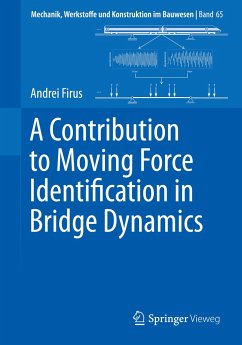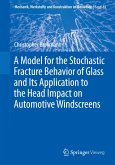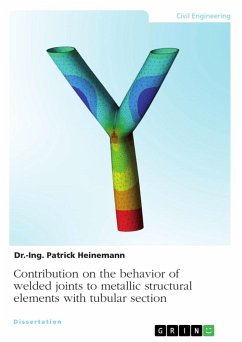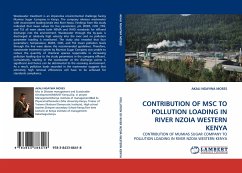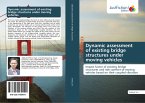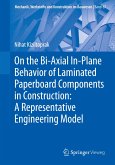The knowledge of the real forces acting on a structure are of great importance in the condition assessment process of existing structures. In this sense, this work provides a novel approach for identification of dynamic moving forces acting on a bridge structure. It seeks to find the optimal time dependent force values that minimize the difference between the computed and measured displacement and acceleration time histories for a limited number of sensor locations. The work also presents extensive experimental investigations of the developed method on real structures in operation, which consistently show that it can be successfully used on a wide range of applications: from small structures excited by rather low pedestrian forces up to the "heavy category" of a complete train passing a railway bridge. In this context, a set of particularities and limitations arising in the practical application of the method on real structures are also discussed.
Bitte wählen Sie Ihr Anliegen aus.
Rechnungen
Retourenschein anfordern
Bestellstatus
Storno

